
The Coastal Resources Division’s Habitat Enhancement and Restoration Unit restores and enhances coastal habitats, including estuarine environments, oyster reefs, and offshore artificial reefs. They use science-based strategies to improve ecosystem health, protect biodiversity, and support coastal resilience for Georgia’s communities and wildlife.
Artificial Reefs
Georgia's inshore and offshore reefs provide habitat for recreationally, commercially and ecologically important finfish and other animals. These reefs enhance and support local and regional fisheries management efforts, increasing the accessibility of great locations to catch fish and SCUBA dive.
Marine Habitat Restoration
Restoration of oysters along southeastern coasts is important for economic and ecological reasons. Oysters enhance water quality. Their reefs protect shorelines by buffering wave action adjacent to marshes, and they are harvested and marketed by commercial fishermen.
Oyster reef restoration has been hampered in the region by the limited availability of oyster shells. In addition, vertical relief is necessary for successful reef formation to avoid sedimentation for soft and churning bottoms.
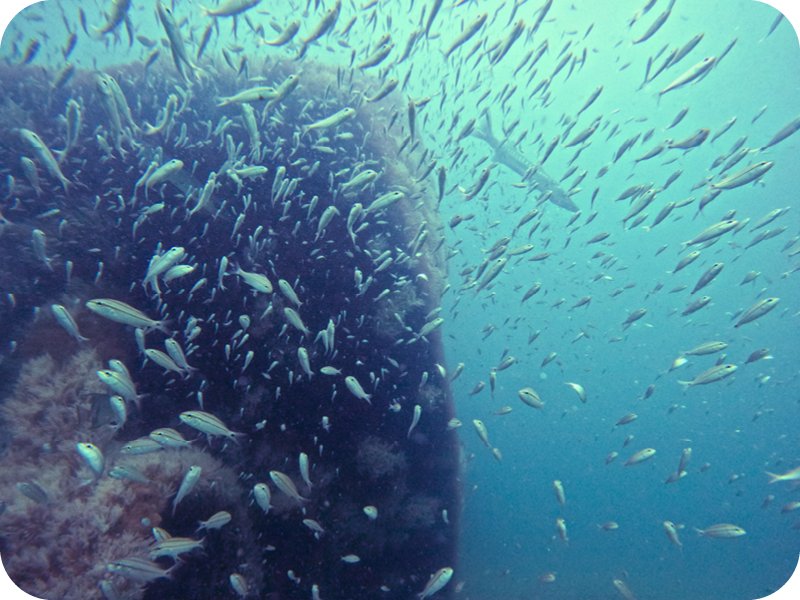
Offshore Artificial Reefs
Georgia's continental shelf is mostly sandy, lacking natural reef habitats for gamefish. Offshore artificial reefs, located 2-70 nautical miles offshore, support fisheries targeting species like tunas, wahoo, and dolphin.
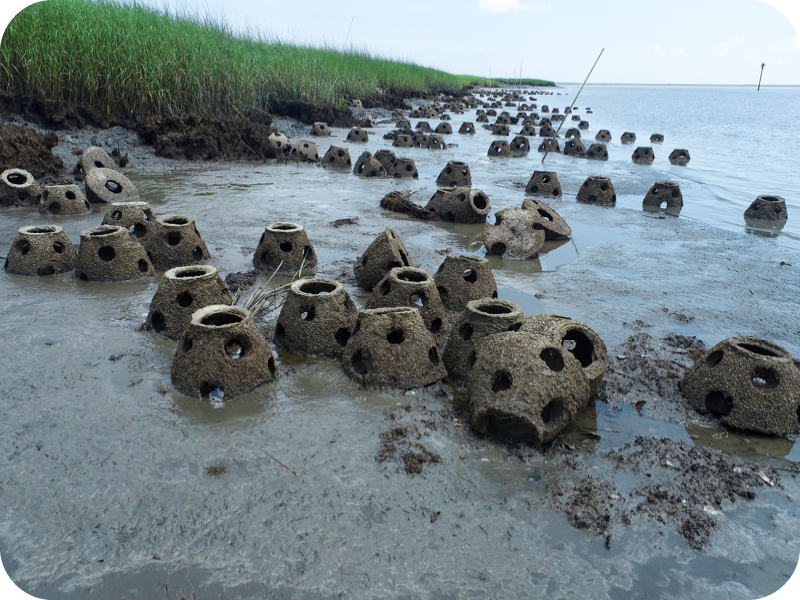
Inshore Artificial Reefs
Georgia's 15 inshore artificial reefs enhance fisheries in estuaries lacking habitat, support a growing inshore fishery, and promote oyster recruitment and shoreline stabilization in intertidal zones.
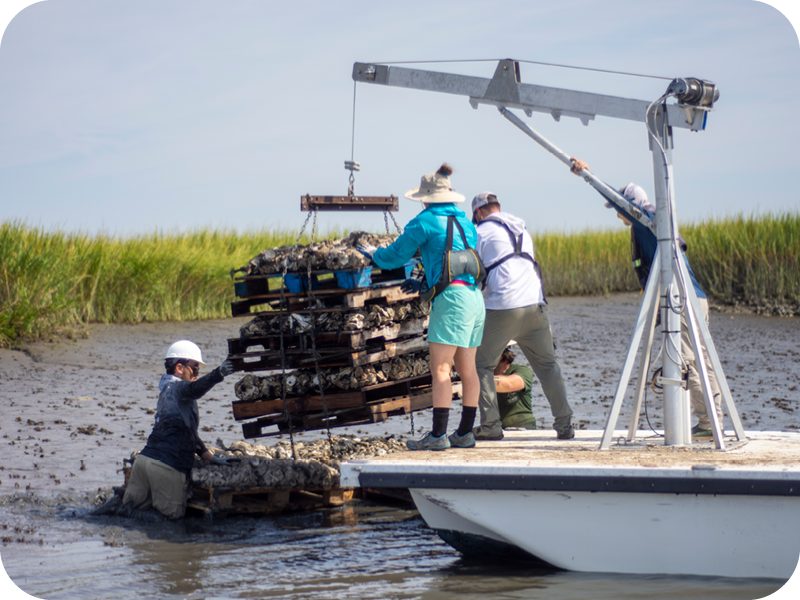
Oyster Reef Restoration & Enhancement
Oyster restoration benefits water quality, shoreline protection, and fisheries. Challenges include limited shell availability and the need for vertical relief to prevent sedimentation on soft, dynamic seabeds.
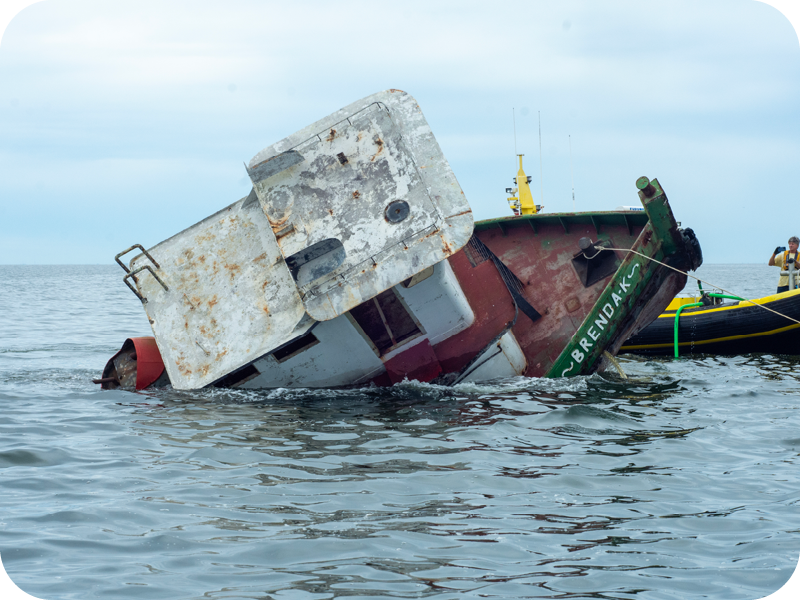
Data Downloads
Find downloadable files, including inshore and offshore artificial reef guides, geographic information systems files, and project historical summaries.
Virtual 360 Reef Tour
"Dive" down 72 feet to the retired tug Mac Tide at Artificial Reef HLHA about 28 miles east of southern Jekyll Island with this 360-degree video. This 110-foot tug was added to HLHA in October 2000 and is now home to a variety of marine life, as seen in this July 2023 video.
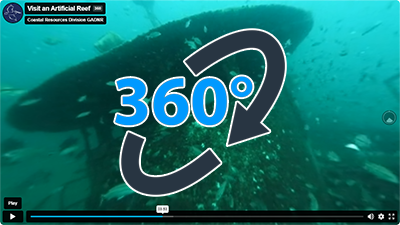
Learn About Artificial Reefs
All across Georgia's coast, CRD marine biologists have created artificial reefs to help provide essential fish habitat and fishing opportunities. We've placed fishing boats, New York City subway cars, and even Army tanks at the bottom of the sea to create a refuge for fish and other marine life.
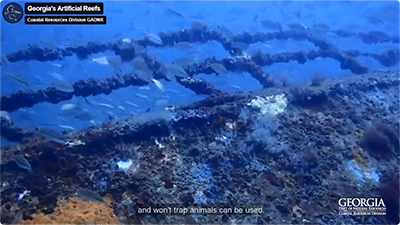
Inshore Oyster Reef Restoration
Learn about one of CRD's large oyster restoration project in Glynn County, Ga. In this video, CRD Marine Biologist Cameron Brinton discusses how biologists and technicians placed more than 3,700 bags of oyster shell along the riverbank in an effort to recruit new, wild oysters.
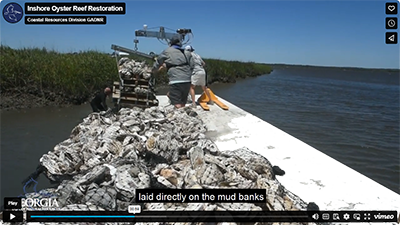
Sign Up to Receive Artificial Reef Updates and News from CRD
Provide your email address below to register for CRD's emailing list.